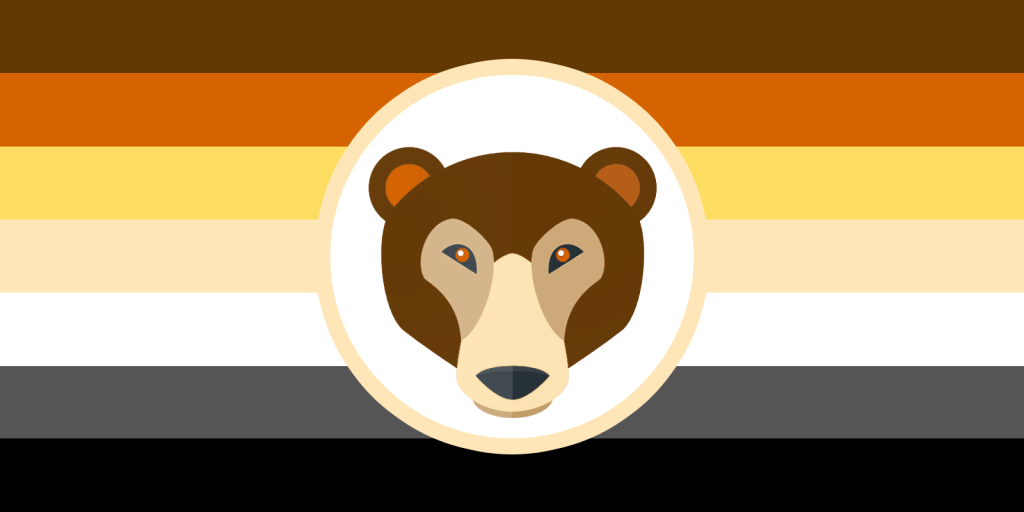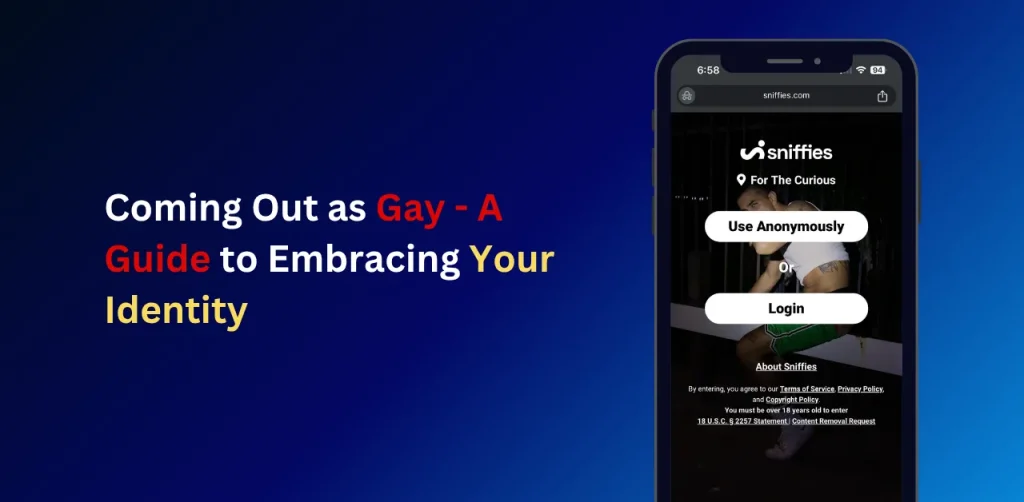Bear Pride Flag History, Meaning, and Significance

Curious about the Bear Pride Flag? This iconic flag represents a vibrant subculture within the LGBTQ+ community, celebrating strength, inclusivity, and identity. Dive into its rich history, unique colors, and powerful symbolism to understand its role in fostering pride and belonging. From its origins to its modern-day significance, this guide answers all your questions about the Bear Pride Flag and why it matters. Whether you’re part of the bear community or an ally, discover what makes this flag a bold symbol of pride.
History of the Bear Pride Flag
The bear community emerged in the 1980s as a response to mainstream gay culture, which often prioritized lean, hairless aesthetics. Bears sought to celebrate natural masculinity, body positivity, and inclusivity. In 1995, Craig Byrnes designed the Bear Pride Flag for the Chesapeake Bay Bears, a social group in Virginia. The flag gained traction at bear events and pride parades, becoming a global symbol by the early 2000s. Today, it’s widely recognized at LGBTQ+ events worldwide.
- Key Milestone: The flag’s debut at the 1995 Chesapeake Bay Bears event.
- Growth: Adopted by bear clubs globally, from San Francisco to Berlin.
- Cultural Impact: Represents body positivity and rejection of stereotypes.
Colors and Symbolism of the Bear Pride Flag
The Bear Pride Flag features seven horizontal stripes and a bear paw print in the top left corner. Each color reflects an aspect of the bear community, drawing inspiration from the diversity of bears in nature and human inclusivity.
| Color | Meaning |
|---|---|
| Dark Brown | Strength and resilience |
| Rust | Warmth and camaraderie |
| Gold | Joy and celebration |
| Beige | Inclusivity and diversity |
| White | Purity and openness |
| Gray | Wisdom and experience |
| Black | Solidarity and community |
The bear paw print symbolizes the community’s grounded, earthy identity. Unlike other pride flags, the bear flag’s colors are inspired by natural tones, reflecting the community’s connection to authenticity and nature.
Why the Bear Paw Print Matters
The paw print is a bold identifier, instantly signaling the bear community’s presence. It’s often featured on merchandise, tattoos, and event banners, reinforcing the community’s pride in their unique identity.
The Bear Community: Who Are They?
The bear community is diverse, encompassing gay and bisexual men, as well as allies, who value authenticity, body positivity, and camaraderie Snowden’s Law. Bears often reject societal beauty standards, embracing natural features like body hair and larger physiques. The community hosts events like bear runs, pride festivals, and social gatherings to foster connection.
- Core Values: Acceptance, inclusivity, and camaraderie.
- Common Traits: Beards, body hair, and a laid-back, friendly vibe.
- Allies: Non-bears who support the community’s values.
For more on bear culture, visit Bear World Magazine, a reputable source for community insights.
What Is the Bear Pride Flag?
The Bear Pride Flag is a symbol of the bear community, a subculture within the LGBTQ+ community primarily consisting of gay and bisexual men who embrace a rugged, masculine aesthetic. Created in 1995 by Craig Byrnes, the flag represents pride, inclusivity, and camaraderie among “bears”—men who often have facial/body hair, larger builds, and a welcoming demeanor. The flag’s design is both simple and meaningful, with distinct colors that reflect the community’s values and diversity.

If you found this interesting, you might also enjoy reading our related article on Omni Flags: Everything You Need to Know
How the Bear Pride Flag Fits into LGBTQ+ Culture
The Bear Pride Flag is one of many pride flags, alongside the Rainbow Flag, Transgender Flag, and others. It represents a niche yet vital part of LGBTQ+ culture, emphasizing diversity within the broader community. The flag is often displayed at pride parades, bear bars, and festivals, signaling a safe space for bears and their allies.
Why the Bear Pride Flag Matters
The flag fosters a sense of belonging for those who may feel marginalized within mainstream gay culture. It promotes self-acceptance and challenges beauty standards, making it a powerful symbol of identity. Displaying the flag at events or online signals solidarity and creates safe spaces for bears and allies.
Unique Perspectives
The Bear Pride Flag’s global adoption highlights its universal appeal, with bear communities in Europe and beyond embracing it during events like Christopher Street Day parades. Its influence extends beyond the LGBTQ+ community, as the bear subculture’s emphasis on body positivity and self-acceptance resonates with broader discussions on identity and inclusion. However, ongoing conversations within the community, as seen in online forums, suggest a need for greater inclusivity, particularly for higher-body-fat individuals or those outside traditional bear archetypes.
What does the bear flag mean?
It symbolizes pride, strength, and inclusivity for the bear community, celebrating natural masculinity and body positivity.
How is it different from other pride flags?
Its earthy colors and paw print reflect the bear community’s unique aesthetic and values, distinct from the broader Rainbow Flag.
Who can use the Bear Pride Flag?
Anyone identifying with or supporting the bear community can display it, though it’s primarily used by bears.
Conclusion
The Bear Pride Flag stands as a vibrant symbol of inclusivity, brotherhood, and diversity within the LGBTQ+ community. Since its creation in 1995, it has represented the bear subculture’s celebration of rugged masculinity and secondary sex characteristics, while embracing a wide range of identities. Its seven colors and bear paw print serve as a universal emblem of unity, inspiring related symbols like the International Bear Pride tartan. By understanding and supporting the bear community, we contribute to a more inclusive LGBTQ+ landscape. also check out an article on Polysexual Flag & Omnisexual Flag.





